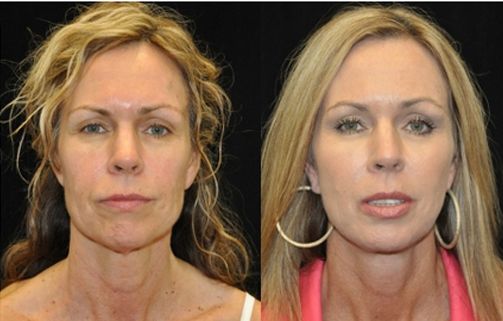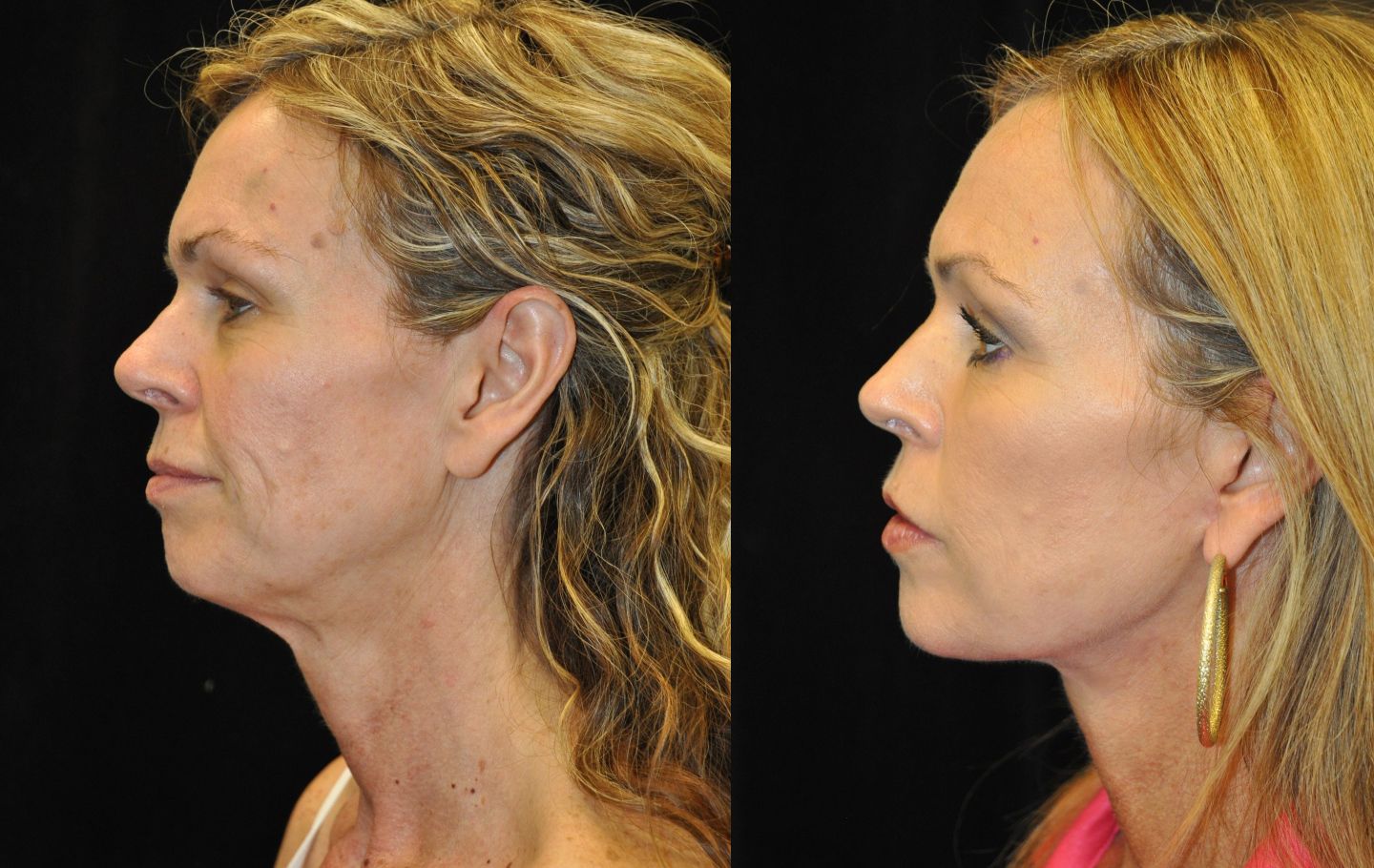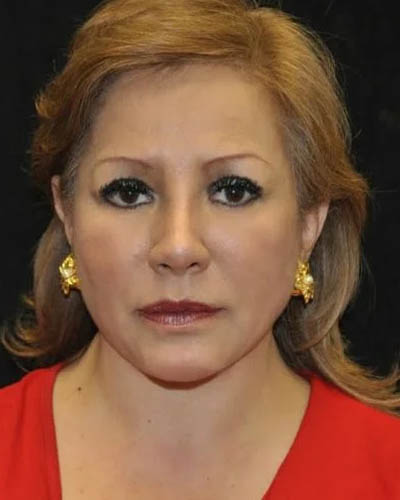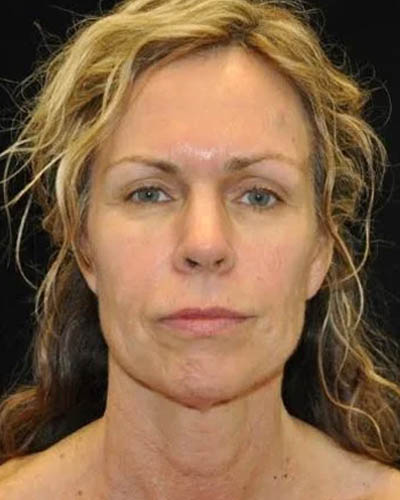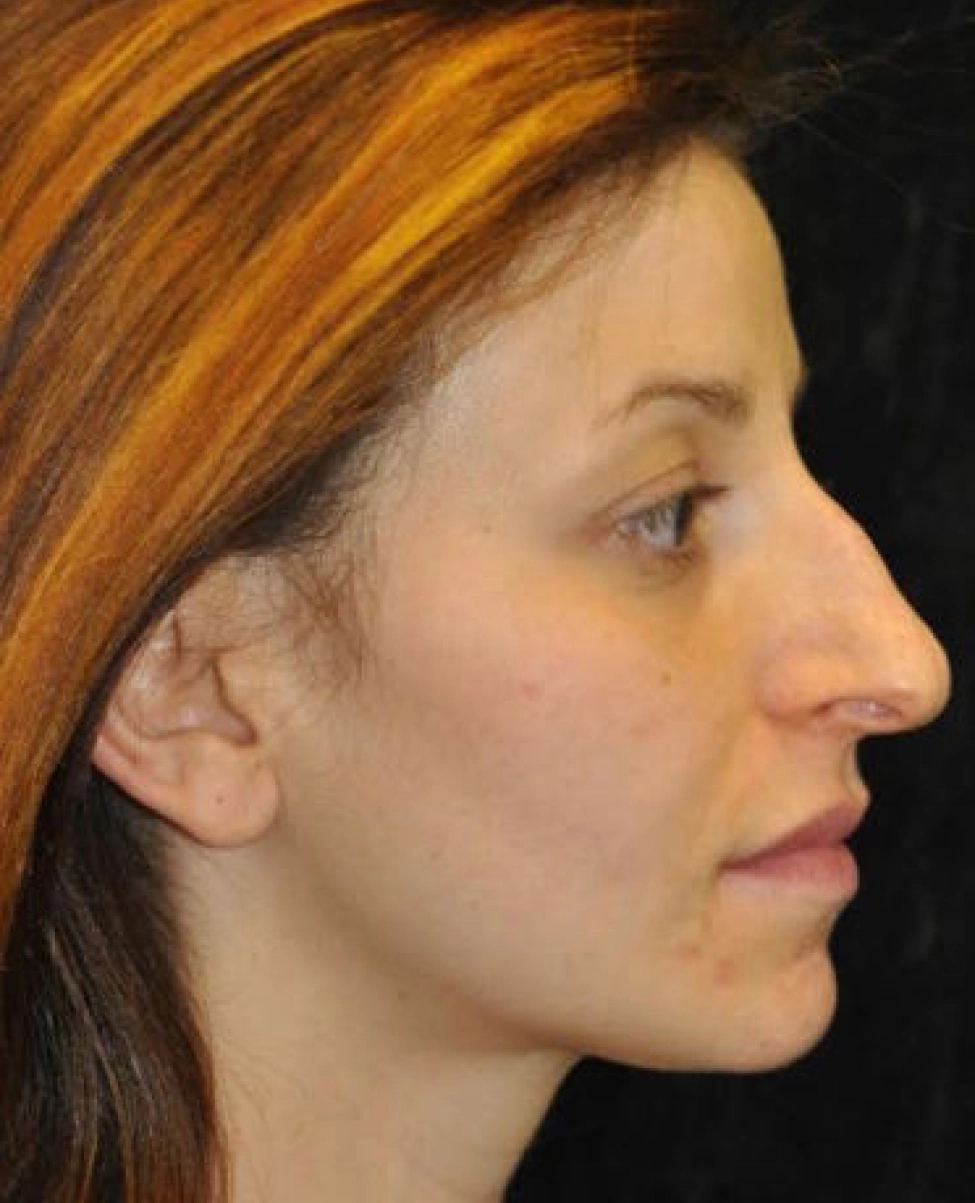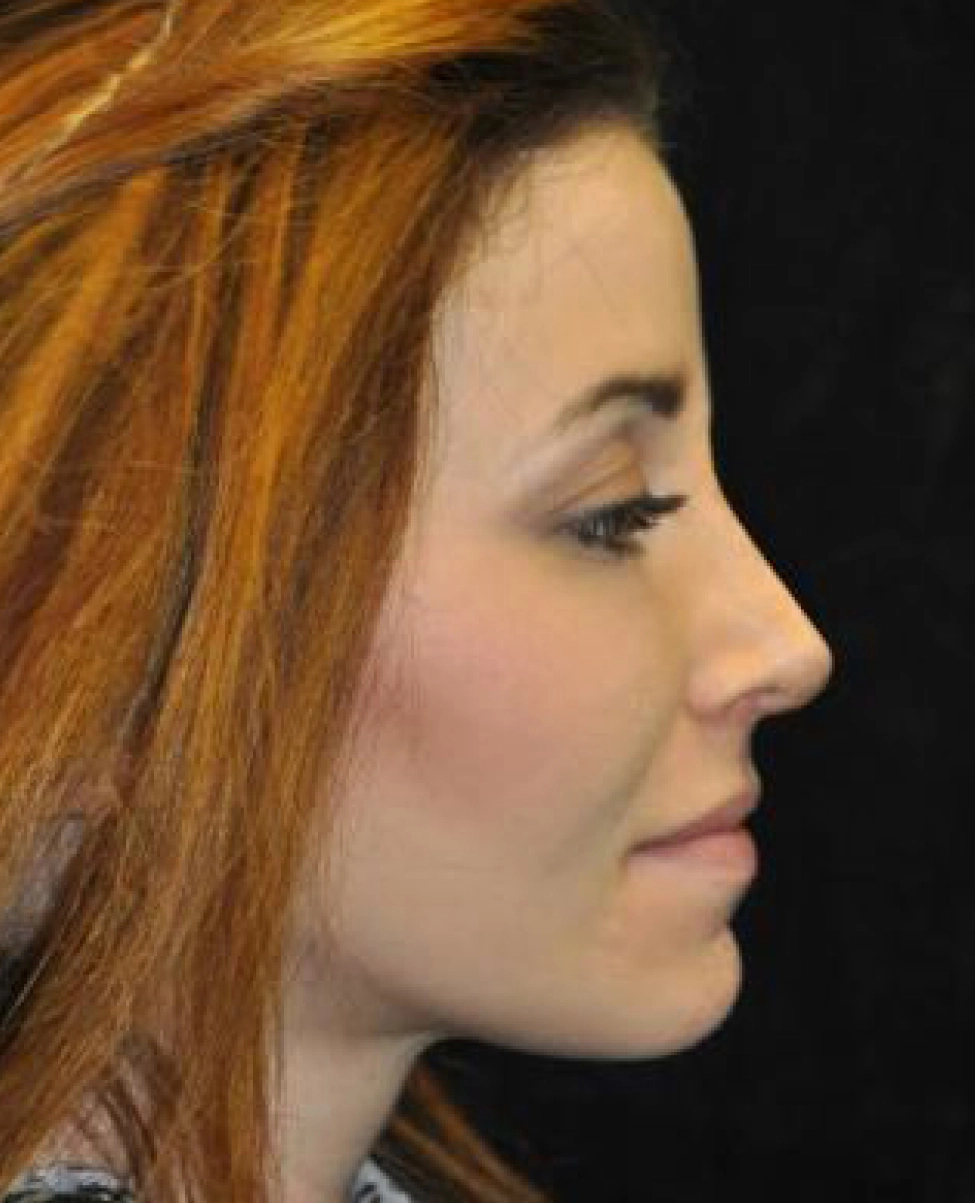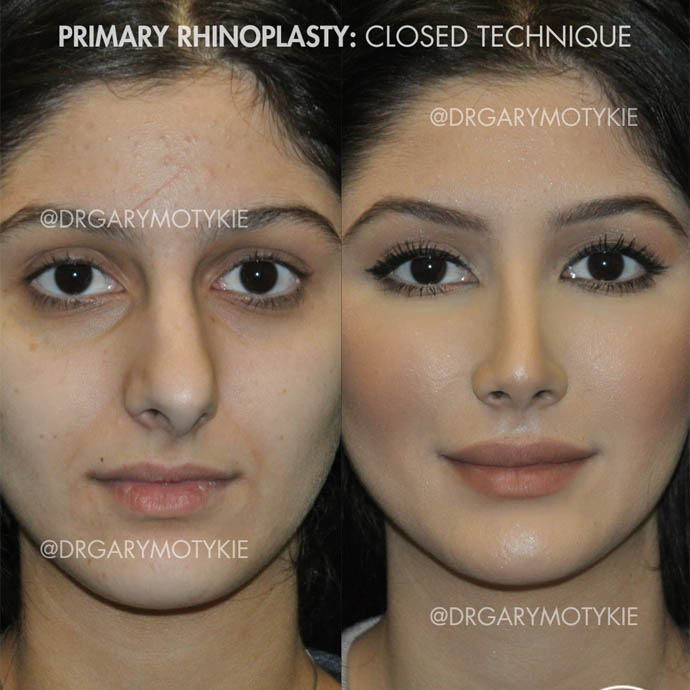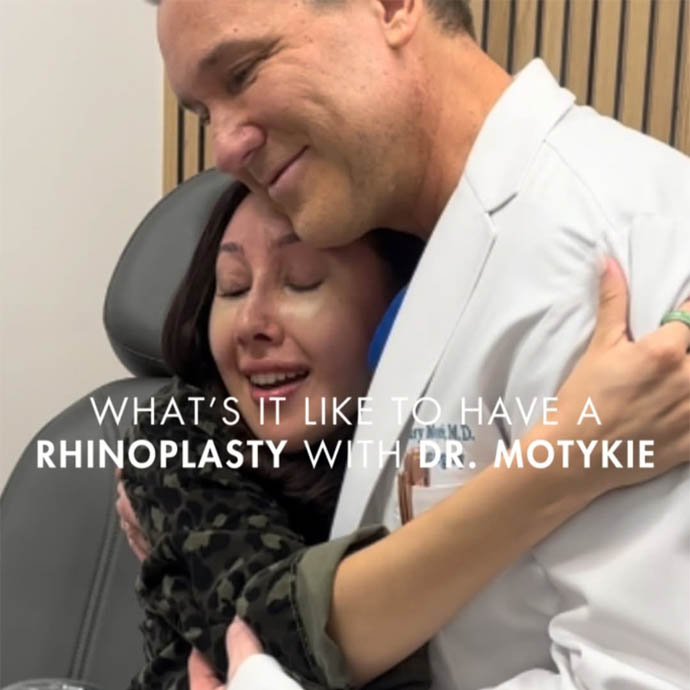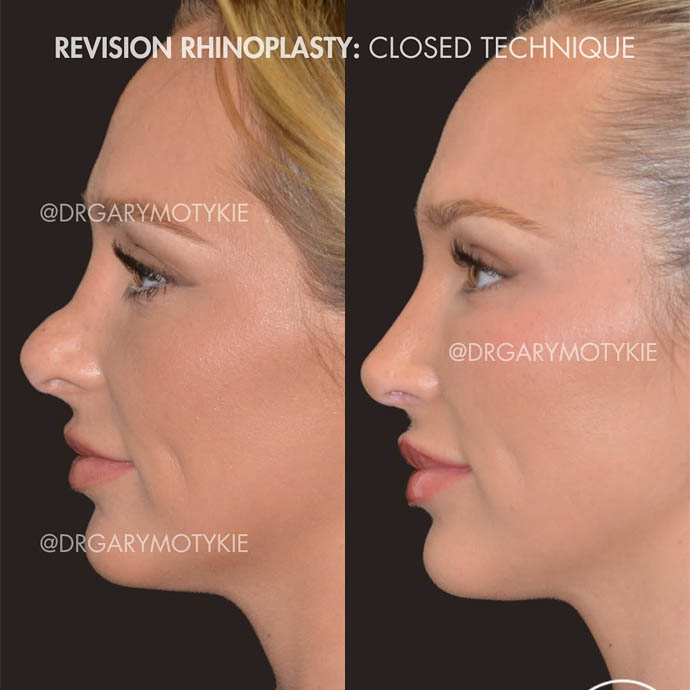Besides wrinkling and gravity, volume loss to the face has become increasingly recognized as an important component to the aging process, which can be restored with either office-based fillers or facial fat grafting.
Fat grafting, through a gentle hand-harvesting method, purification process, and microdroplet injection technique, has shown to improve durability compared with older techniques that could compromise transplanted fat longevity.
A metaphor can help people understand the role of fat grafting: when we are young we are a full, ripe grape and as we become older we deflate into a raisin. The question then is why should we cut and pull the raisin into a pea, when we should think about reinflating it back into a grape. Clearly, fat grafting is not a treatment for all aging, just the part that involves loss of volume.
Volume loss is particularly more pronounced around the eyes, cheeks, and jawline, where fat grafting can play the greatest role in creating a balanced and comprehensive rejuvenation strategy for the face that may include blepharoplasty (cosmetic eyelid surgery) and/or a facelift.
Fat grafting involves removing fat from one’s own abdomen or thighs to put into certain regions of the face that start to lose fat. Only tiny amounts of fat are removed so this should not be equated with liposuction. Using blunt cannulas (which are 1 mm hollow tubes with a blunt end and a small hole through which the fat comes out) the fat is injected as little droplets throughout the areas of facial hollowness. By using this microdroplet technique, grafted fat has a much higher blood supply so that survival is improved and the results are smoother given how small each individual fat parcel is.
To see more services and treatments provided by Plastic Surgeon, Dr. Motykie in Beverly Hills | Los Angeles and his team please visit:

